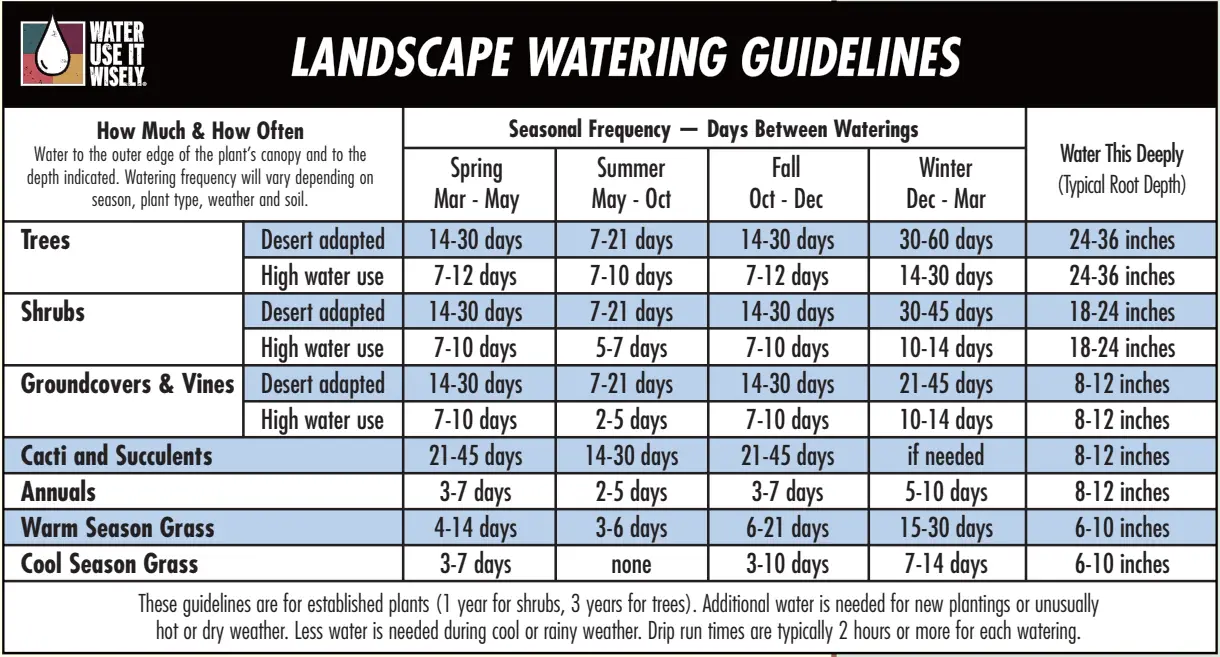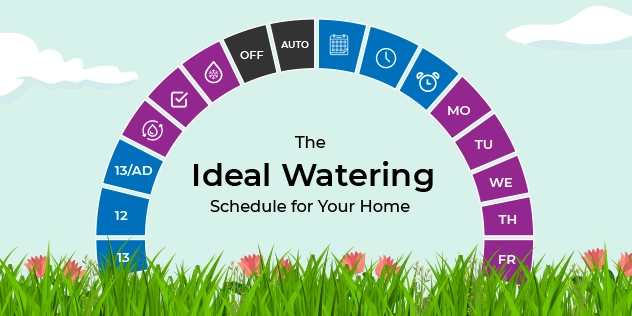This post may contain affiliate links which means I may receive a commission for purchases made through links. Learn more on my Private Policy page.
Welcome to the world of agriculture, where proper irrigation is key to the success of your crops. In this article, you will learn about the importance of finding the right irrigation schedule for your specific plants. From determining the water needs of your crops to understanding the different irrigation methods available, we will explore how to ensure your plants receive the perfect amount of water to thrive and produce bountiful harvests. Let’s dive in and discover the best practices for watering your crops effectively! Have you ever wondered how to properly water your crops to ensure maximum yield and growth? Finding the right irrigation schedule can be critical in achieving optimal results for your plants. This article will guide you through the process of determining the best watering schedule for your crops to help you maximize their growth and health.

Understanding the Water Needs of Your Crops
Before you can determine the right irrigation schedule for your crops, it is essential to understand the water needs of each type of plant you are growing. Different crops have varying requirements when it comes to water, depending on factors such as their stage of growth, the climate they are grown in, and the specific variety of the plant.
Understanding the specific water needs of your crops will help you tailor your irrigation schedule to meet those requirements, ensuring that your plants receive the right amount of water at the right time.
Factors to Consider When Determining Your Irrigation Schedule
When determining the right irrigation schedule for your crops, there are several factors to consider. These include the type of soil you are growing your plants in, the climate of your region, the stage of growth of your crops, and the specific water requirements of each type of plant.
By taking these factors into account, you can create a customized irrigation schedule that will help you optimize the growth and health of your crops.
Soil Type
The type of soil you are growing your crops in plays a significant role in determining how often and how much you should water your plants. Different soil types have varying abilities to retain and drain water, affecting how quickly water is absorbed by the plants’ roots.
For example, sandy soil drains water quickly and may require more frequent watering, while clay soil retains water for longer periods, requiring less frequent irrigation. Understanding the soil type of your growing area will help you tailor your irrigation schedule accordingly.
Climate
The climate of your region also plays a crucial role in determining your irrigation schedule. Hot and dry climates will require more frequent watering to compensate for the evaporation of water from the soil, while cooler and more humid climates may require less frequent irrigation.
By considering the climate of your location, you can adjust your irrigation schedule to ensure that your plants receive the right amount of water to thrive.
Crop Growth Stage
The stage of growth of your crops will also impact their water requirements. Young plants and seedlings often require more frequent watering to establish strong root systems, while mature plants may need less water, especially during dormant periods.
Adjusting your irrigation schedule based on the growth stage of your crops will help you provide the necessary water for healthy and vigorous plant growth.
Water Requirements of Each Crop
Different types of plants have varying water requirements. Some crops, such as tomatoes and cucumbers, require more water to produce juicy fruits, while others, like peppers and eggplants, prefer drier conditions.
By researching the specific water requirements of each type of crop you are growing, you can tailor your irrigation schedule to meet the needs of each plant, ensuring optimal growth and yield.

Creating an Effective Irrigation Schedule
Now that you have considered the factors that influence your crops’ water needs, it is time to create an effective irrigation schedule. By following these steps, you can develop a customized watering plan that will help you maximize the health and growth of your plants.
Step 1: Determine Watering Frequency
The first step in creating an irrigation schedule is to determine how frequently you should water your crops. This will depend on factors such as the soil type, climate, and growth stage of your plants.
For example, plants growing in sandy soil may require watering every two to three days, while those in clay soil may only need to be watered once a week. By observing the moisture level of the soil and the appearance of your plants, you can determine how often to water them.
Step 2: Calculate Watering Duration
Once you have established how often to water your crops, the next step is to calculate how long you should water them each time. This will depend on factors such as the type of plants you are growing, the water requirements of each crop, and the capacity of your irrigation system.
For most crops, a deep watering that saturates the root zone is more beneficial than frequent shallow watering. Aim to water your plants enough to moisten the soil to a depth of 6-12 inches, depending on the root system of your crops.
Step 3: Consider the Time of Day
The time of day you water your crops can also impact their health and growth. Watering early in the morning is generally the best practice, as it allows the plants to absorb moisture before the heat of the day evaporates the water.
Avoid watering in the late afternoon or evening, as this can leave your plants susceptible to fungal diseases caused by excess moisture on the leaves overnight. By watering your crops in the morning, you can help prevent these issues and ensure optimal plant health.

Implementing Your Irrigation Schedule
Once you have created an effective irrigation schedule for your crops, it is time to implement and monitor it to ensure that your plants are receiving the proper amount of water. By following these tips, you can optimize your irrigation practices and promote healthy growth in your crops.
Use a Timer or Drip System
To make watering your crops more efficient, consider using a timer or drip irrigation system to automate the process. This will help you ensure that your plants receive water consistently and evenly, reducing the risk of overwatering or underwatering.
Drip systems are especially beneficial for delivering water directly to the root zone of your plants, minimizing water waste and promoting healthier root development. By incorporating these systems into your irrigation schedule, you can streamline the watering process and improve the overall health of your crops.
Monitor Soil Moisture Levels
Regularly monitor the moisture levels of the soil in your growing area to determine if your plants are receiving enough water. You can do this by inserting a finger into the soil or using a moisture meter to assess the moisture content.
If the soil feels dry to the touch or the meter indicates low moisture levels, it may be time to water your plants. By staying vigilant and adjusting your irrigation schedule as needed, you can ensure that your crops remain adequately hydrated and thriving.
Adjust for Weather Conditions
Be prepared to adjust your irrigation schedule based on changing weather conditions, such as rainfall or extreme heat. During periods of heavy rain, you may need to reduce or skip watering to prevent overwatering your plants.
Conversely, during hot and dry spells, you may need to increase watering frequency to compensate for the increased evaporation of water from the soil. By staying flexible and adapting to the weather, you can maintain optimal soil moisture levels and promote healthy growth in your crops.

Conclusion
Finding the right irrigation schedule for your crops is essential for maximizing growth and yield in your garden. By considering factors such as soil type, climate, crop growth stage, and water requirements of each plant, you can create a customized watering plan that meets the needs of your crops.
By following the steps outlined in this article, you can develop an effective irrigation schedule that will help you maintain healthy and vigorous plants throughout the growing season. With proper planning and monitoring, you can ensure that your crops receive the right amount of water at the right time, promoting optimal growth and productivity in your garden.

This post may contain affiliate links which means I may receive a commission for purchases made through links. Learn more on my Private Policy page.
